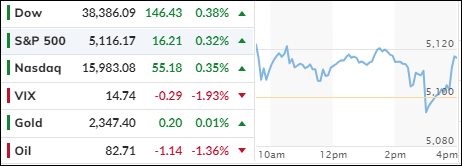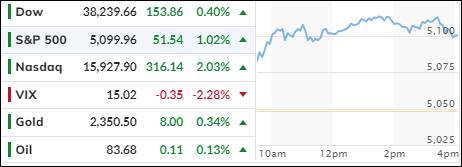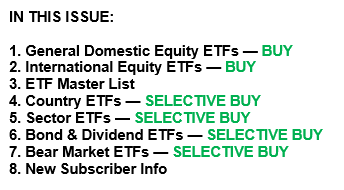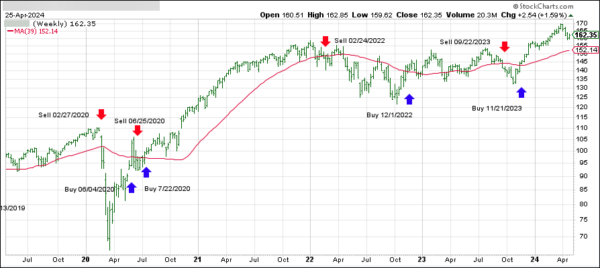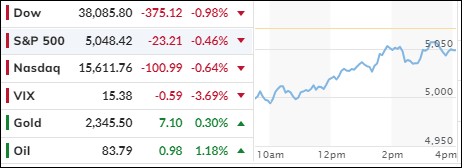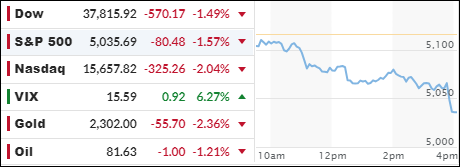
- Moving the markets
As April ended, the major stock indexes concluded the month on a downward trajectory, spurred by wage data that surpassed expectations and reignited concerns about inflation. This comes just before the Federal Reserve’s impending interest rate decision.
The employment cost index, which tracks wages and benefits, rose by 1.2% in the March quarter, exceeding the predicted 1%. This news prompted a surge in Treasury yields, with the 2-year yield surpassing and holding the 5% threshold for the first time.
Despite these figures, Wall Street remains unconvinced that the Federal Reserve will shift its current stance of not rushing to ease monetary policy. Similarly, the data does not seem to be compelling enough to prompt an immediate increase in interest rates. Traders continue to anticipate a modest rate cut of one quarter percentage point in 2024, even as persistent inflation and a robust economy suggest that the Fed may maintain higher rates for an extended period.
The central bank is widely expected to maintain the current interest rates, but there is growing concern that Jerome Powell, the Fed Chair, may express a more hawkish outlook in his comments following the meeting, especially considering recent reports indicating rising inflation.
The trading day was marred by a series of negative economic indicators: Case-Shiller home prices surged unexpectedly, consumer confidence plummeted, and the Dallas Fed Services index fell sharply.
The markets floundered, with stocks, bonds, crude oil, and Bitcoin all weakening as the month concluded. However, the dollar experienced a rally. Gold, despite suffering losses on the day, managed to post solid gains for the month.
April marked the first month of losses for stocks since the Federal Reserve’s policy shift in October 2023. It was the most challenging month for the Dow Jones Industrial Average since September 2022, and the Nasdaq experienced its most significant monthly decline since September 2023.
The group of MAG 7 stocks, which includes some of the largest tech companies, also ended the month in the red, recording their first monthly loss since October and their worst performance since September.
Given the current economic landscape, I can’t help but wonder:
When will the Nasdaq align with the lowered expectations for rate cuts?
Read More
